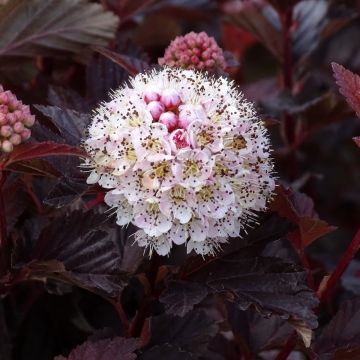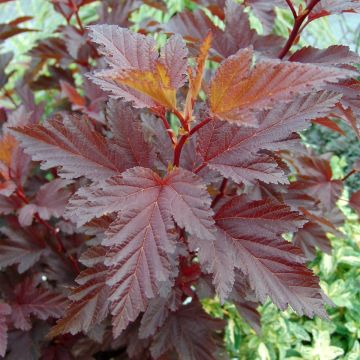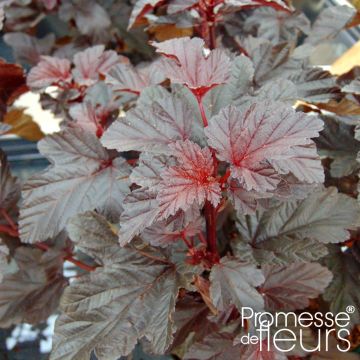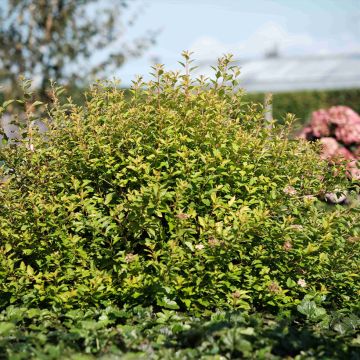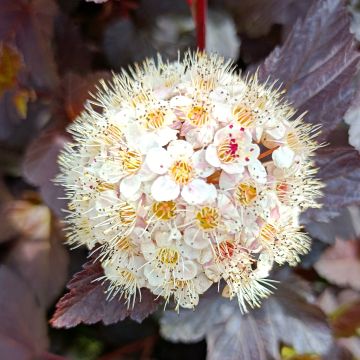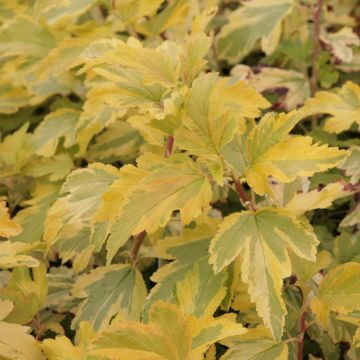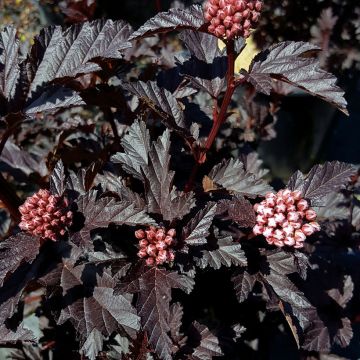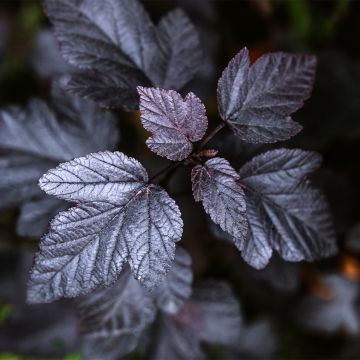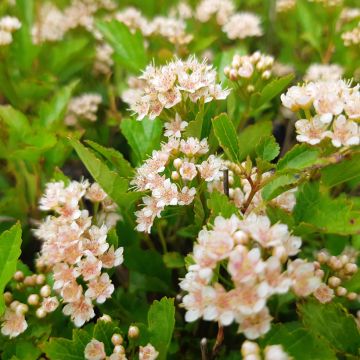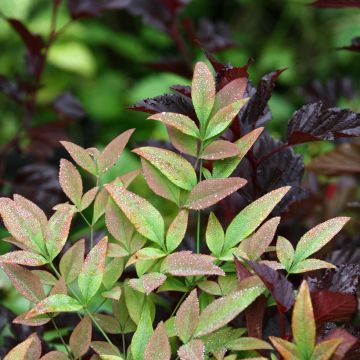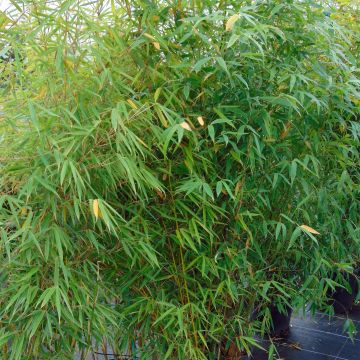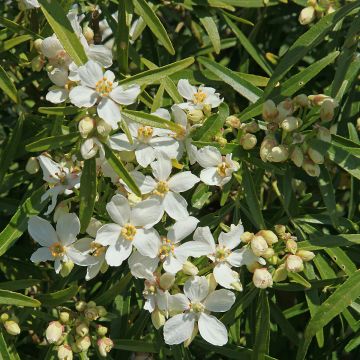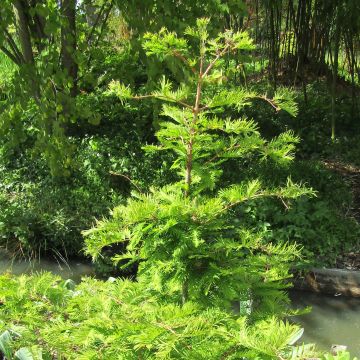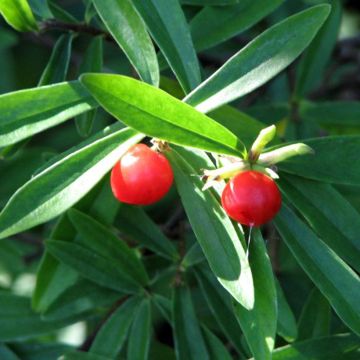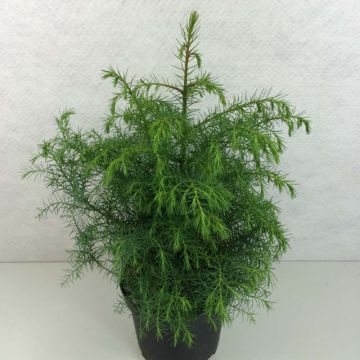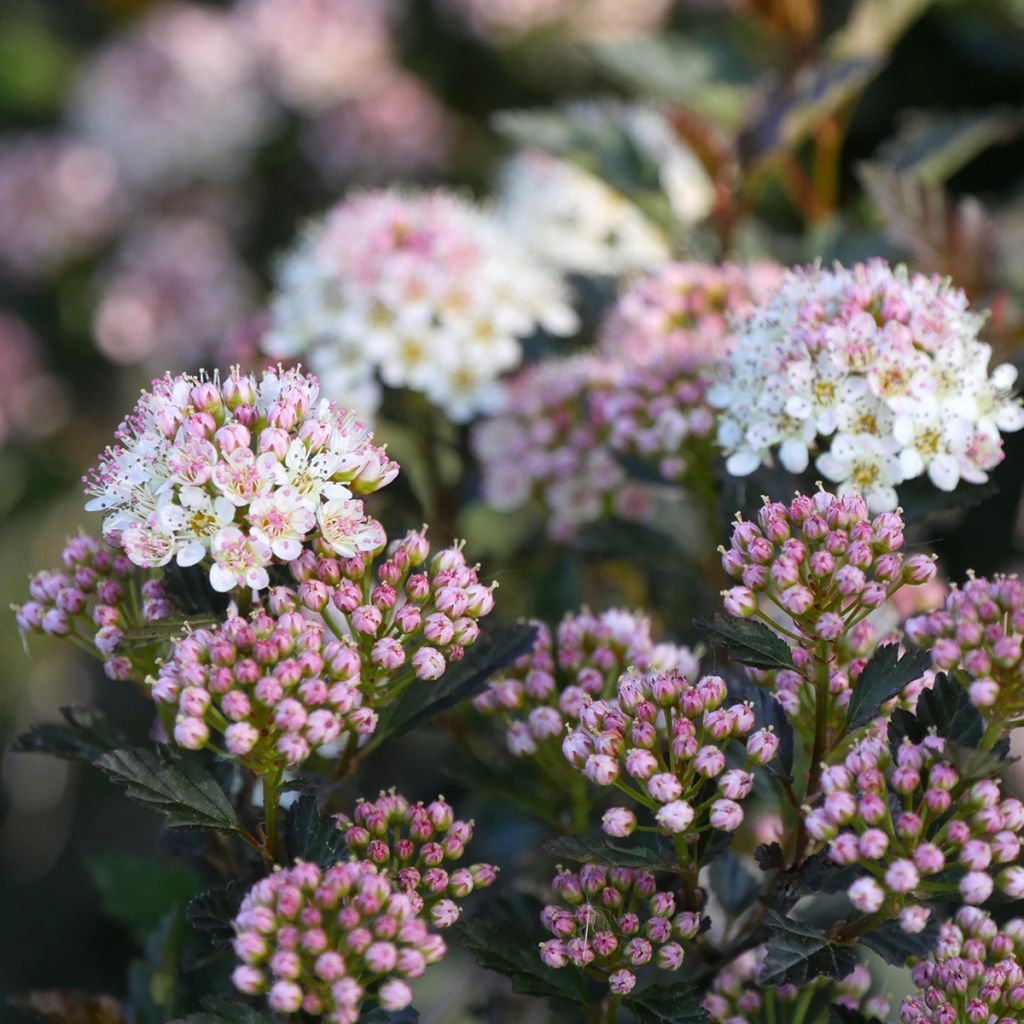

Physocarpus opulifolius Tiny Wine - Proven Winners - Ninebark
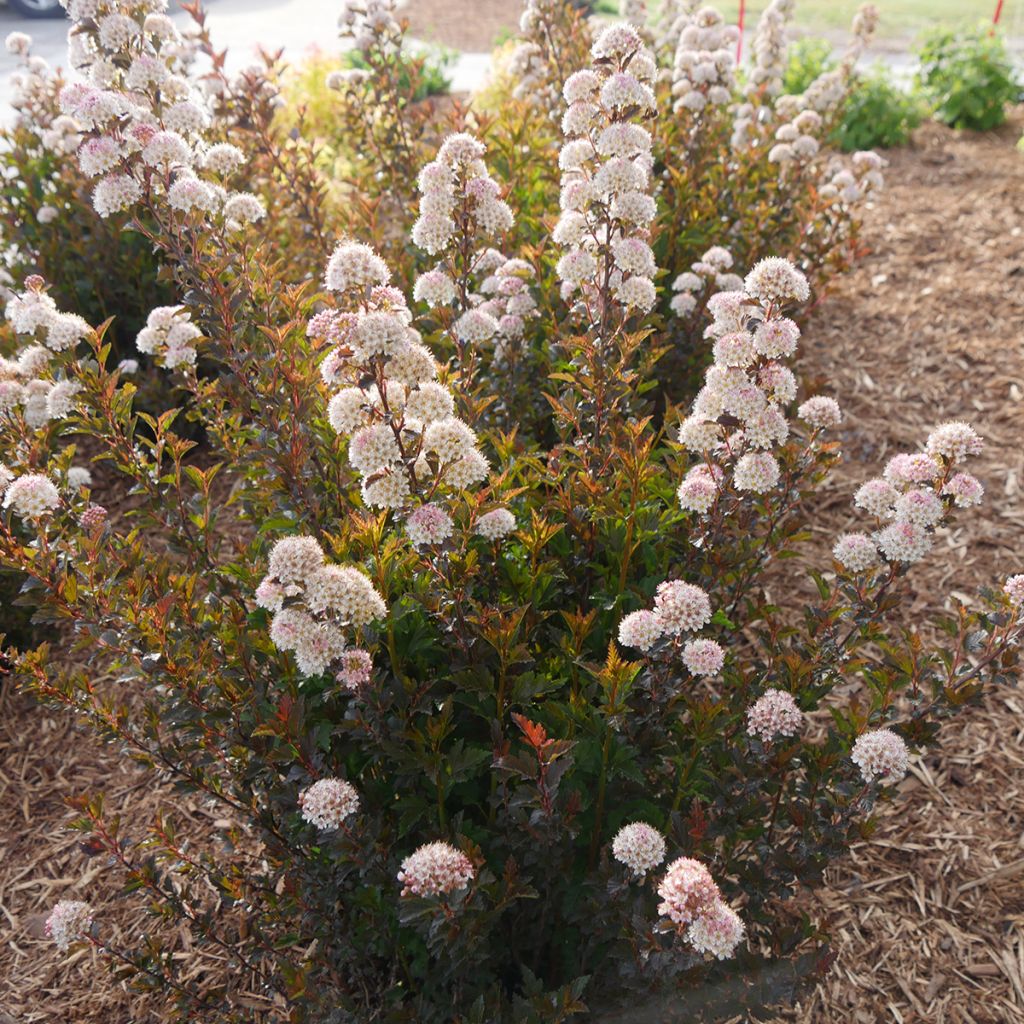

Physocarpus opulifolius Tiny Wine - Proven Winners - Ninebark
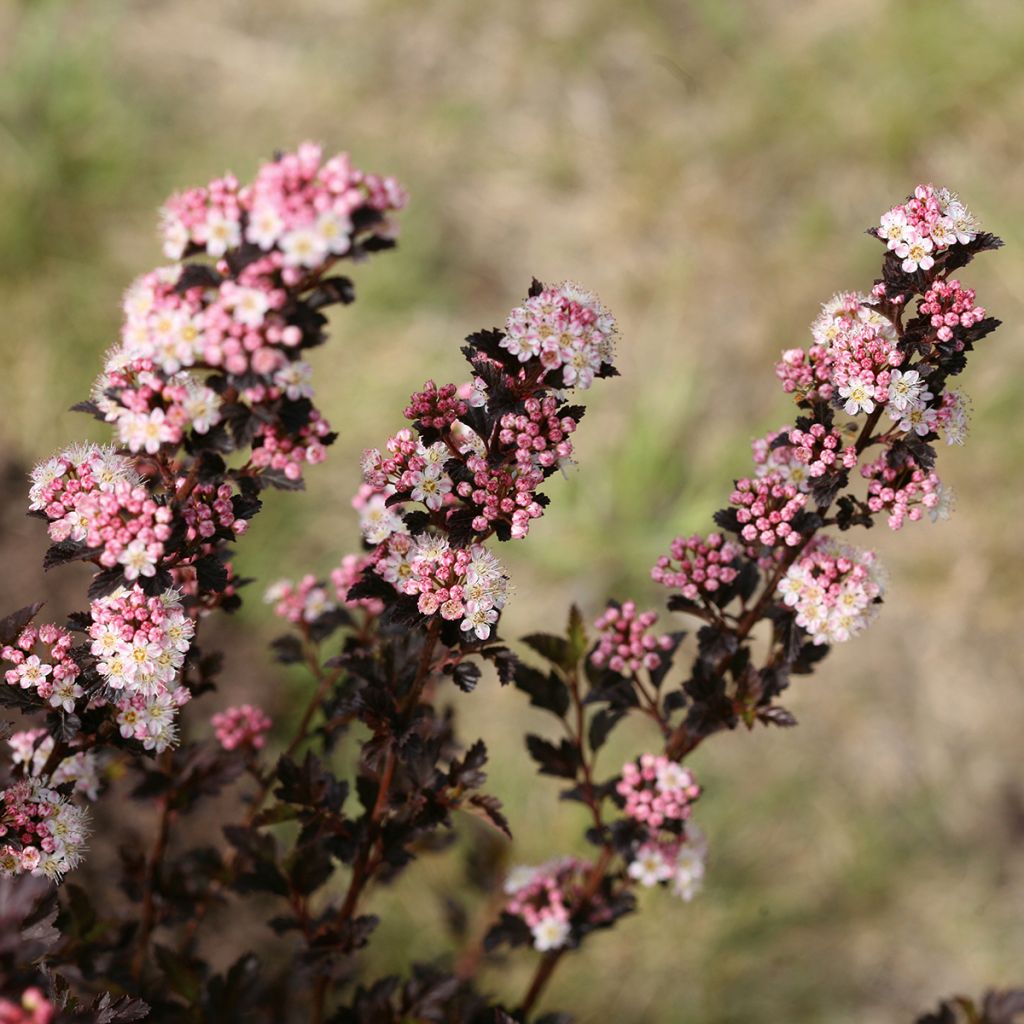

Physocarpus opulifolius Tiny Wine - Proven Winners - Ninebark
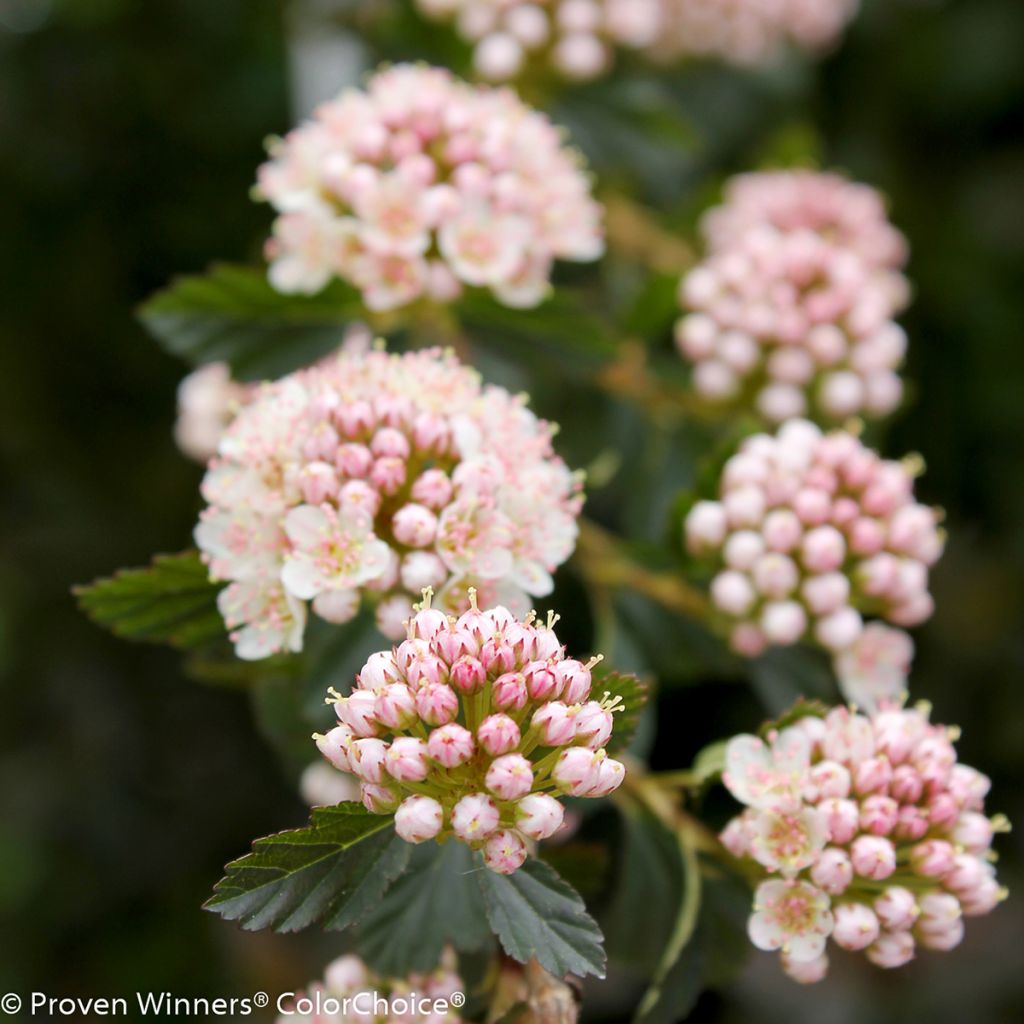

Physocarpus opulifolius Tiny Wine - Proven Winners - Ninebark
Physocarpus opulifolius Tiny Wine - Proven Winners - Ninebark
Physocarpus opulifolius Tiny Wine® Proven Winners®
Ninebark, Eastern Ninebark
This item cannot be shipped to the selected country
Delivery charge from €5.90
More information
Schedule delivery date,
and select date in basket
This plant carries a 24 months recovery warranty
More information
We guarantee the quality of our plants for a full growing cycle, and will replace at our expense any plant that fails to recover under normal climatic and planting conditions.
From €5.90 for pickup delivery and €6.90 for home delivery
Express home delivery from €8.90.
Does this plant fit my garden?
Set up your Plantfit profile →
Description
The Physocarpus opulifolius Tiny Wine Proven Winners is a variety of Physocarpus with Obier leaf that is similar to the famous cultivar 'Diabolo' in its aesthetic qualities, but in smaller dimensions. It forms a small and compact bush of 1m in all directions at 10 years old. Its shiny foliage is a purple bronze colour. It barely turns green in summer, during its abundant flowering, with delicate clusters of pinkish white flowers, followed by attractive red fruiting. Beautiful in borders, it can also be planted in a large pot to decorate the terrace or balcony.
The Physocarpus opulifolius Tiny Wine belongs to the Rosaceae family, its ancestor is native to the eastern United States, and is found as far as Quebec and Manitoba. The growth of this bush is medium to slow and its adult size (at 10 years old) will not exceed 1m in height and width. Eventually, it can reach a height of 1.2 to 1.5m. Its foliage is deciduous, it falls in autumn. This very hardy species grows in any loose garden soil that is not too dry.
It is a highly branched bush, with a dense habit, initially upright and then rounding with age. It is very ornamental with its leaves that emerge dark in colour, purple with bronze reflections, slightly tinted with dark green in summer. The leaves are entire, lobed, deeply cut, crenate, and measure from 3 to 8cm long. The flowering occurs in May-June. They are flat-topped corymbs, clusters of small pale pink buds that open into small nectariferous flowers, highly visited by bees. They are followed by small red fruits appreciated by birds in autumn.
Physocarpus Tiny Wine is ideal for small as well as large gardens. Whether in borders, flower beds, or as part of a low hedge, this bush harmonises perfectly with shrubs with golden or green foliage, creating beautiful contrasts. It pairs well with shrubs with pink blooms, such as roses and deutzias, or with blue blooms. Additionally, Physocarpus Tiny Wine forms charming combinations with different varieties of spireas, as well as with viburnums like Viburnum bodnantense. Pairing it with the dwarf winged euonymus, Euonymus alatus 'Compactus', or with a Neillia affinis, adds an extra dimension to your plant compositions, both benefiting from the brilliance of its foliage to stand out. At its base, lighter-coloured heucheras, such as 'Berry Smoothie', create another interesting contrast. Finally, Physocarpus Tiny Wine also finds its place in containers on terraces or balconies, bringing a touch of nature and colour, even in small spaces.
The name Physocarpus opulifolia comes from the Greek 'phusa' which means air bubble or vesicle, and 'karpos' which refers to the fruit, in reference to the shape of the fruit. The resemblance of its foliage to that of the Obier viburnum earned it the specific name "opulifolius". Introduced to Europe around 1687, the numerous colourful cultivars that have been created in recent years have allowed it to make a strong comeback in gardens.
Report an error about the product description
Plant habit
Flowering
Foliage
Botanical data
Physocarpus
opulifolius
Tiny Wine® Proven Winners®
Rosaceae
Ninebark, Eastern Ninebark
Cultivar or hybrid
Other Physocarpus
Planting and care
Plant Physocarpus opulifolius 'Tiny Wine' in deep, well-prepared, humus-bearing, rich and rather moist soil, preferably neutral to acidic. It fears excess limestone and excessively dry and/or compacted soils. Avoid letting the soil dry out in summer and shower the foliage during heatwaves. This bush will thrive in partial shade or full sun, but the foliage colours will be more pronounced if planted in a sunny location. Thin out dense plants by severely pruning some of the arching branches after flowering. This may promote the development of new flower buds in late summer. Physocarpus tends to produce numerous suckers, to the detriment of the main plant; it may be useful to coppice it (cut all branches near the ground in spring) to give it a denser appearance.
Planting period
Intended location
Care
This item has not been reviewed yet - be the first to leave a review about it.
Striking foliage shrubs
Haven't found what you were looking for?
Hardiness is the lowest winter temperature a plant can endure without suffering serious damage or even dying. However, hardiness is affected by location (a sheltered area, such as a patio), protection (winter cover) and soil type (hardiness is improved by well-drained soil).

Photo Sharing Terms & Conditions
In order to encourage gardeners to interact and share their experiences, Promesse de fleurs offers various media enabling content to be uploaded onto its Site - in particular via the ‘Photo sharing’ module.
The User agrees to refrain from:
- Posting any content that is illegal, prejudicial, insulting, racist, inciteful to hatred, revisionist, contrary to public decency, that infringes on privacy or on the privacy rights of third parties, in particular the publicity rights of persons and goods, intellectual property rights, or the right to privacy.
- Submitting content on behalf of a third party;
- Impersonate the identity of a third party and/or publish any personal information about a third party;
In general, the User undertakes to refrain from any unethical behaviour.
All Content (in particular text, comments, files, images, photos, videos, creative works, etc.), which may be subject to property or intellectual property rights, image or other private rights, shall remain the property of the User, subject to the limited rights granted by the terms of the licence granted by Promesse de fleurs as stated below. Users are at liberty to publish or not to publish such Content on the Site, notably via the ‘Photo Sharing’ facility, and accept that this Content shall be made public and freely accessible, notably on the Internet.
Users further acknowledge, undertake to have ,and guarantee that they hold all necessary rights and permissions to publish such material on the Site, in particular with regard to the legislation in force pertaining to any privacy, property, intellectual property, image, or contractual rights, or rights of any other nature. By publishing such Content on the Site, Users acknowledge accepting full liability as publishers of the Content within the meaning of the law, and grant Promesse de fleurs, free of charge, an inclusive, worldwide licence for the said Content for the entire duration of its publication, including all reproduction, representation, up/downloading, displaying, performing, transmission, and storage rights.
Users also grant permission for their name to be linked to the Content and accept that this link may not always be made available.
By engaging in posting material, Users consent to their Content becoming automatically accessible on the Internet, in particular on other sites and/or blogs and/or web pages of the Promesse de fleurs site, including in particular social pages and the Promesse de fleurs catalogue.
Users may secure the removal of entrusted content free of charge by issuing a simple request via our contact form.
The flowering period indicated on our website applies to countries and regions located in USDA zone 8 (France, the United Kingdom, Ireland, the Netherlands, etc.)
It will vary according to where you live:
- In zones 9 to 10 (Italy, Spain, Greece, etc.), flowering will occur about 2 to 4 weeks earlier.
- In zones 6 to 7 (Germany, Poland, Slovenia, and lower mountainous regions), flowering will be delayed by 2 to 3 weeks.
- In zone 5 (Central Europe, Scandinavia), blooming will be delayed by 3 to 5 weeks.
In temperate climates, pruning of spring-flowering shrubs (forsythia, spireas, etc.) should be done just after flowering.
Pruning of summer-flowering shrubs (Indian Lilac, Perovskia, etc.) can be done in winter or spring.
In cold regions as well as with frost-sensitive plants, avoid pruning too early when severe frosts may still occur.
The planting period indicated on our website applies to countries and regions located in USDA zone 8 (France, United Kingdom, Ireland, Netherlands).
It will vary according to where you live:
- In Mediterranean zones (Marseille, Madrid, Milan, etc.), autumn and winter are the best planting periods.
- In continental zones (Strasbourg, Munich, Vienna, etc.), delay planting by 2 to 3 weeks in spring and bring it forward by 2 to 4 weeks in autumn.
- In mountainous regions (the Alps, Pyrenees, Carpathians, etc.), it is best to plant in late spring (May-June) or late summer (August-September).
The harvesting period indicated on our website applies to countries and regions in USDA zone 8 (France, England, Ireland, the Netherlands).
In colder areas (Scandinavia, Poland, Austria...) fruit and vegetable harvests are likely to be delayed by 3-4 weeks.
In warmer areas (Italy, Spain, Greece, etc.), harvesting will probably take place earlier, depending on weather conditions.
The sowing periods indicated on our website apply to countries and regions within USDA Zone 8 (France, UK, Ireland, Netherlands).
In colder areas (Scandinavia, Poland, Austria...), delay any outdoor sowing by 3-4 weeks, or sow under glass.
In warmer climes (Italy, Spain, Greece, etc.), bring outdoor sowing forward by a few weeks.

































